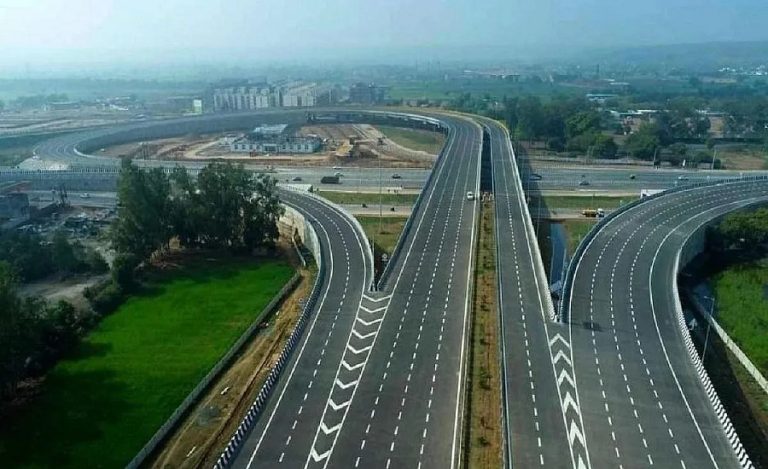New Delhi: Hindustan Aeronautics Limited (HAL) has confirmed that it will miss its original delivery target for the Tejas Mk-1A fighter jets, marking a major adjustment in India’s Light Combat Aircraft (LCA) programme. The state-run aerospace manufacturer had planned to deliver a higher volume of aircraft to the Indian Air Force (IAF) by March 2026. However, delays in engine supplies from US-based GE Aerospace and setbacks in systems integration have forced a rethink of the schedule.
HAL Chairman and Managing Director D.K. Sunil stated that at least six Tejas Mk-1A aircraft will be delivered to the IAF by March 2026. He added that the company already has multiple airframes ready, but engine shortages have stalled delivery timelines.
Why the Delay: Key Reasons
Engine Supply Bottleneck:
GE Aerospace, contracted to provide F404 engines for the Tejas Mk-1A fleet, has failed to meet its original delivery deadlines. Only a limited number of engines have been supplied so far, creating a production bottleneck for HAL.
Production & Supply Chain Disruption:
The root cause of these delays can be traced to disruptions stemming from the COVID-19 pandemic, supply chain slowdowns, and the loss of key production staff at GE.
Integration Challenges:
HAL has completed several airframes, but deliveries require the integration of engines, avionics, and weapon systems before final handover. These processes have also seen minor setbacks in readiness and testing.
HAL’s Revised Delivery Plan
HAL intends to ramp up production capacity to 16 aircraft per year once a steady engine supply resumes. The company remains optimistic that the production line can recover momentum in the coming fiscal year, pending regular engine deliveries from GE Aerospace.
Major Impacts of the Missed Tejas Delivery Target
IAF Operational Readiness
The delay directly affects the Indian Air Force’s squadron strength, which currently stands at around 31 squadrons—well short of the sanctioned 42. The Tejas Mk-1A was intended to replace aging MiG-21s and other legacy fighters, a process now slowed by delivery setbacks.
HAL’s Credibility and Project Momentum
The inability to meet initial timelines may raise concerns about HAL’s project execution efficiency. The Tejas Mk-1A programme is a flagship component of India’s Make-in-India initiative in defence manufacturing, and maintaining schedule credibility is critical.
Foreign Supply Chain Dependence
The reliance on GE’s American-made F404 engines highlights India’s continued dependence on foreign suppliers for critical components. The delay underscores the urgent need to indigenise key subsystems such as engines and avionics.
Budgetary and Contractual Impact
Any delivery delay risks cost escalations and contractual amendments. The Ministry of Defence’s follow-on order for 97 additional Tejas Mk-1A aircraft may be influenced by HAL’s ability to deliver the current batch on time.
Strategic & Regional Implications
As China and Pakistan continue to modernize their air fleets, delays in India’s indigenous fighter jet deployment could temporarily affect regional deterrence and combat readiness margins.
Key Areas to Watch
- Engine Deliveries: The pace of F404 engine supply from GE Aerospace will determine recovery timelines.
- Production Ramp-Up: HAL’s ability to scale to 16 jets annually post-March 2026.
- Follow-on Orders: The status of the additional 97-aircraft order from the MoD.
- Indigenous Engine Efforts: Progress in domestic jet engine development under DRDO and GTRE.
- Systems Integration: Ensuring that delivered Tejas Mk-1A aircraft are fully mission-ready with advanced weapons and avionics.
Revised Timeline
HAL’s confirmation that it will not meet its original Tejas Mk-1A delivery target by March 2026 is a key inflection point for India’s indigenous fighter programme. While at least six aircraft will be delivered in the revised timeline, the shortfall underscores the broader challenges of global supply dependence and production synchronization. The next 12–24 months will be crucial for HAL, the IAF, and India’s Make-in-India defence ecosystem to regain lost momentum.



























